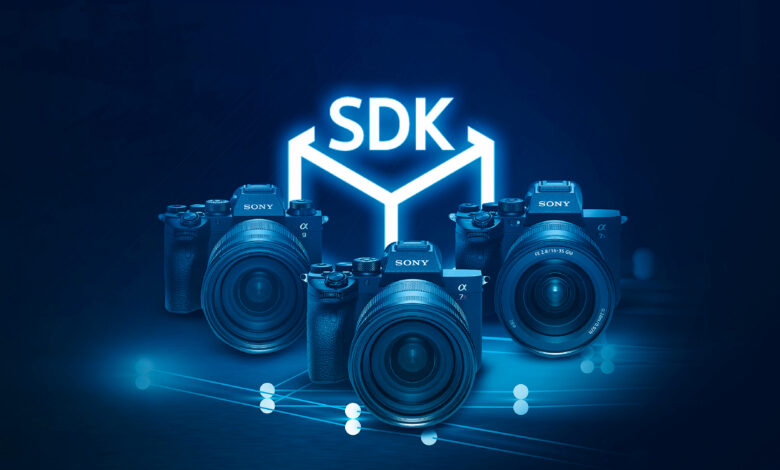
The internet is perhaps the most widespread example of a consumer technology that was borne out of a vastly different application. The origins of the internet lie in ARPANET, a project designed in the 1970s by the US Department of Defence to connect remote military sites across the country.
By contrast, we are now seeing an increase in the implementation of initially consumer-focused technologies by the business world.
Adding value to enterprise
As a direct result of the sharp increase in demand for collaborative platforms and technologies brought about by the pandemic, technologies originally developed for the consumer market are now being used in the workplace, and businesses are examining how consumer-focused developments can add value to enterprise organisations.
Smart city trials
The rise of smart cities is a good example of this, evidenced by some interesting work carried out in a recent trial in Rome by world-leading green-tech company Envision. Trials to reduce traffic, optimise public transportation, and support and enhance pedestrian safety. Using image sensors that combined detailed imagery with an AI processing functionality, meant real-time metadata could be extracted. As a result, Envision could get a detailed, accurate and up-to-date picture relating to information including available parking spaces, the presence of pedestrians about to cross a street, or the number of people getting on or off a bus, without the need to store images or share them beyond the sensor itself; thereby addressing citizens’ privacy concerns. To achieve this, systems need to rely on high quality, advanced camera technologies that go far beyond the capabilities of traditional camera and surveillance systems.
Working in partnership
Cameras that have traditionally been used for creative purposes such as photography and film- making can now be utilised for business thanks to the advancement of software development kits (SDKs). This has allowed different organisations in a wide range of vertical markets to develop a host of dynamic applications in business markets.
For example, DeGould, the innovative engineering and software company for the automotive industry, supplies a range of automated vehicle inspection systems which are used to assess the exterior condition of a vehicle’s body. These systems provide specification checks for OEMs and partners in the finished vehicle logistics chain, and the integration of cameras means automotive OEMs can now perform quick and seamless quality checks that would previously have been a time and resource-intense processes. Previously, images had to be taken manually, but with the introduction of the SDK, it means the process is now handled remotely and controlled from a software graphical user interface (GUI).
Images and Maps
Auterion, the open-source company powering the world’s leading drone manufacturers, is using high-quality cameras, which were typically used for sports and wildlife photography to realise a competitive advantage: the SDK means drone manufacturers can integrate cameras within Auterion’s open-source platform easily and quickly without having to write a single line of code. Again, the quality of these products originally targeted to consumers, is providing the high-precision images which are essential in mapping applications.
AI and cryptography
Perhaps one of the most exciting uses of consumer technology in the business sector has been the digital encryption of images to prevent the forgery of personal identification documents such as passports, identity cards or drivers’ licences. Known as in-camera signing, the new functionality cryptographically signs every image captured by an appropriately equipped camera. Any subsequent modification of pixels or tampering with the image will result in a picture that no longer matches its digital signature, making manipulation much easier to detect. The main target for cybercriminals is to acquire information – names, passwords and financial records and this technology is one of the new ways of thwarting cybercrime.
Looking to the future
New technological advances are hitting the market in the consumer world daily. It is time, then, to flip the approach to delivering innovation on its head in the business world.
As we’ve seen, from helping to manage smart cities to increasing the efficiency of vehicle inspections, and from seamlessly integrating cameras into drones to combatting identity fraud, the possible business applications of image sensor technologies are limitless.
Not only are the possibilities limitless, but they are also safe and secure in a world where fake and non-fake content creation is rife, and authorship is difficult to attribute. SDK-like solutions can bring clarity and due recognition to consumers and professionals alike.




